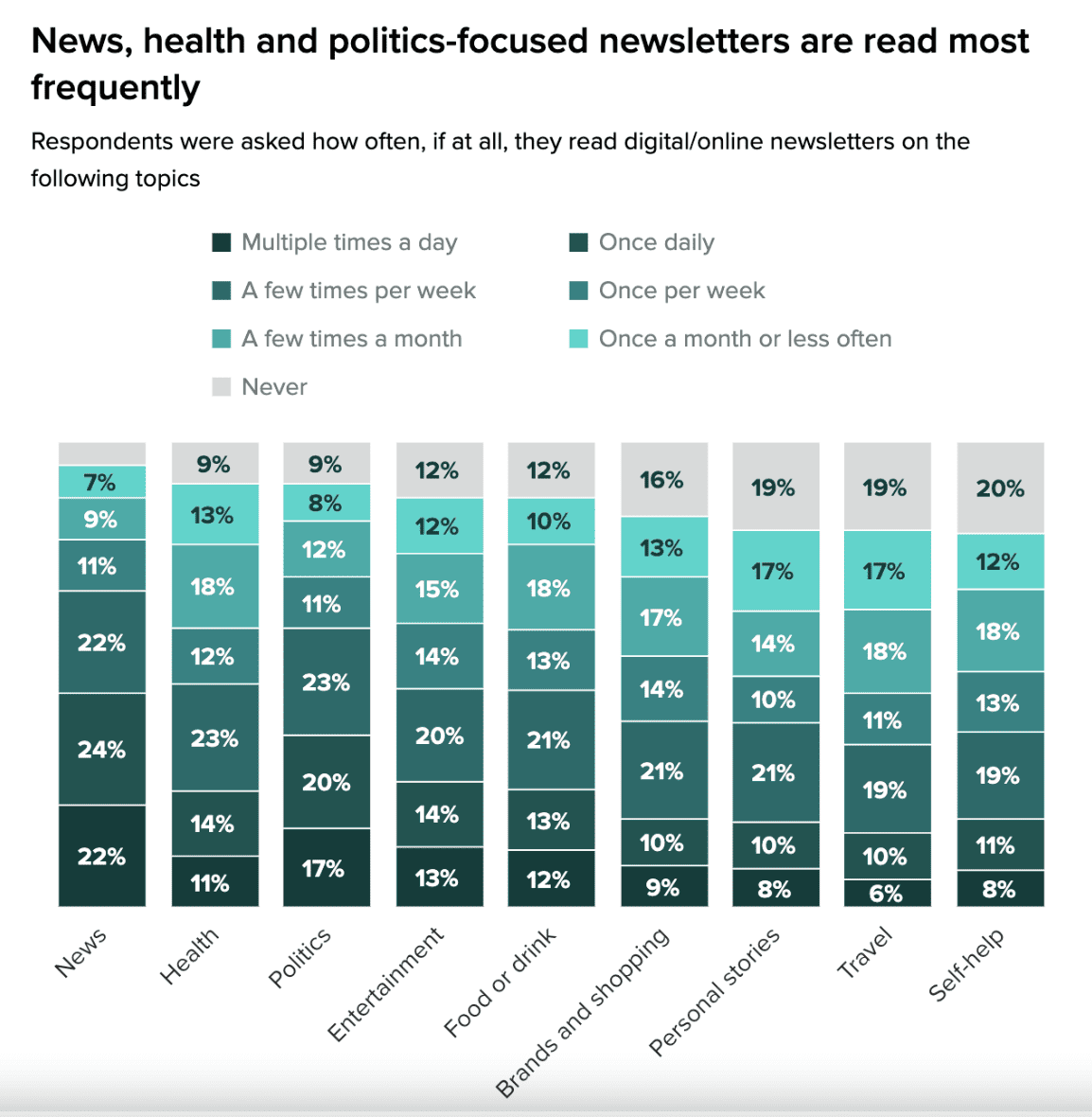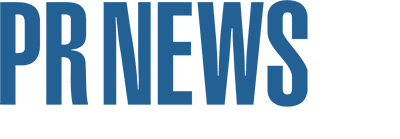
This week's PR Roundup looks at the HR AI crisis for McDonald's hiring methods, Morning Consult's latest study on newsletter consumption and subscriptions, and a new GIF-tionary for office slang.
McDonald’s Hiring Bot Hacked
What happened: McDonald’s recently found itself in hot water after hackers uncovered a glaring glitch in its AI‑powered recruiting tool, “Olivia,” which is run through the McHire platform developed by Paradox.ai.
According to a report released this week by Wired, independent security researchers Ian Carroll and Sam Curry discovered that an admin login protected by the world’s most predictable code—“123456”—allowed them to access backend systems, chats and personal data from as many as 64 million job‑seeker interactions. The malfunction exposed names, emails and phone numbers, and because applicants were actively seeking work, their data could easily be weaponized for phishing or impersonation scams.
McDonald’s quickly pointed the finger at Paradox.ai, asking the vendor to patch the vulnerability the same day it was disclosed. Paradox in turn admitted to the breach and committed to launching a bug‑bounty program to tighten up its defenses.
Communications takeaways: With more companies integrating AI into human resource pipelines, this episode highlights the importance of vendor oversight, basic cybersecurity practices and rigorous testing—even for so‑called “smart” customer‑facing systems.
Sarah Evans, Partner and Head of PR at Zen Media Group, gave insight as to how each party, Paradox.AI and McDonald’s, needed to respond in order to recover reputationally.
“For Paradox.AI, before they can rebuild, they need to ensure the product actually works,” she says. “If there's a systemic flaw, fix it! That’s not a PR issue, that’s survival. Once the foundation is secure, they need to layer in visible credibility.”
Evans offered several ideas on how to rebuild that trust with evidence:
- Bring in a third-party auditor and publish the findings.
- Launch an AI Trust Council with external security, HR and ethics experts.
- Release a technical transparency report that educates clients, not just reassures them.
Evans says McDonald’s did the right thing by holding their vendor accountable, but that will not be enough to reassure job seekers.
“If the hiring experience involves AI, they need to own it,” she says.
Evans suggested the Golden Arches take these actions:
- Add a “Candidate Data Bill of Rights” to the careers page.
- Launch a microsite or FAQ detailing how AI is used, how data is stored and what protections are in place in regards to the hiring process.
- Lead the industry by convening other major employers to set standards for ethical, secure hiring tech.
Evans says these actions will provide a new pathway to show candidates that their safety is part of the employer value proposition.
“Bottom line: Once trust is broken, it becomes a re-earning process,” she says. “Denial is a bigger risk than disclosure.”
The Newsletter Bonanza
What happened: Newsletters are nothing new, but Morning Consult released a new study confirming the continuing popularity of newsletters.
The study shows that more than a third (36%) of U.S. adults surveyed say they read digital newsletters. Among them, 30% say they subscribe to at least three newsletters.
The study also showed what topics of newsletters are the most read. The most popular topics include news, health and politics. And some newsletter readers are engaging with them multiple times per day.

Morning Consult noted the popularity of Substack as a newsletter platform, not only as an outlet for independent journalists, but content creators looking to diversify their platforms. Content creators, the study says, want to be “less vulnerable to the whims of Meta’s algorithms or the [uncertain] TikTok ban.”
The report also gives the example of Rare Beauty as a brand successfully utilizing Substack to tell long-form stories, embracing the highly-engaged newsletter audience.
Communication takeaways: Claire Tassin, an Analyst at Morning Consult, says that newsletters are offering the space to build customer relationships through storytelling, something that brands and organizations may want to look at when diversifying content channels. But, she also notes the importance of making it a unique experience for the consumer.
“Digital newsletters allow more opportunities for storytelling that can build and retain loyalty with a brand’s fans and aren’t dependent on social media algorithms,” Tassin says. “It’s imperative that these newsletters have a distinct voice from promotional emails, otherwise it’s just more inbox volume.”
JSA+Partners Founder and CEO, Jennifer Stephens Acree, says as newsletter popularity increases, the space crowds, so it’s important to have a clear, differentiated vision for your newsletter angle with an added product value for your core target audience.
“As more brands are adapting Gen Z’s ‘unhinged’ meme culture across social channels, newsletters can provide a space for more intimate, long-form content that fosters a deeper personal connection with consumers,” Acree says.
For brands, a newsletter can provide another outlet for personality and outreach.
“The content can solidify your brand’s core values, and serve as a more candid, casual extension of your corporate newsroom to raise awareness of new products or features when approached correctly,” Acree notes.
Her agency launched a Substack called “Talking Points,” which provides a space for building thought leadership in the media and communications landscape.
“We’ve seen its impact firsthand on new business leads, recruiting and even forming new reporter relationships through its content,” she says.
Funny Stuff: GIPHY’S Office GIF-tionary
What happened: GIPHY pays tribute to the latest class of graduates to enter the workforce with this week’s GIF-tionary release.
“Every summer, a new class of grads rolls into the workforce armed with degrees, LinkedIn headshots, and absolutely zero idea what “circle back” actually means,” GIPHY says.
GIPHY’s Office GIF-tionary provides a scroll-friendly, GIF-filled survival guide to the most confusing, cringey and overused buzzwords in corporate life.
“Think Urban Dictionary meets an onboarding manual, but make it visual,” notes GIPHY.
The GIF-tionary includes popular sayings like “low-hanging fruit” and “synergy,” breaking down the terms no one teaches in school, with some tongue-in-cheek wit.
Communication takeaways: It’s important to pay attention to data when brainstorming new messaging campaigns or audience engagement ideas.
Tyler Menzel, GIPHY Editor In Chief, says it’s easy to dismiss corporate jargon as something to just be navigated around in modern work life, so GIPHY used proper research to spice up that engagement a bit.
“The data insights surrounding these eight trending terms reveal these phrases are also tentpole, highly meme-able moments driving significant engagement on our platform,” Menzel says.
GIPHY, he notes, believes the increasing relevance and search for these terms could be attributed to the growing number of Gen Z-ers entering the workforce.
“For many, text alone isn’t enough in our work chats—visual communication is essential to how internet natives communicate in the office,” he says.
BONUS: Don’t forget 7/11 is 7-Eleven’s Free Slurpee Day! Go get yourself a cool treat to kick off the weekend. Shout out to Stephanie Shaw, 7-Eleven’s Head of Communications, who was a PRNEWS Top Woman award winner this year.
Nicole Schuman is Managing Editor at PRNEWS.
